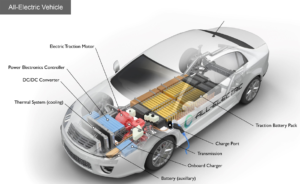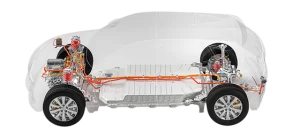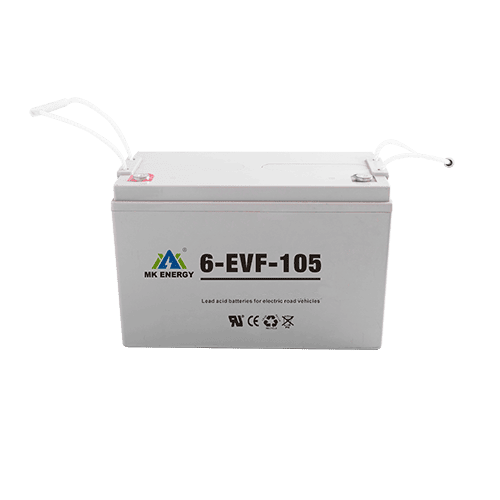What is the difference between an EVF traction battery and an ordinary battery?
As significant car brands transition to sustainability, the focus on electric vehicles (EVs) and their advanced technologies has become even more pronounced. The EVF traction battery is at the heart of electric vehicle efficiency and is a cutting-edge power source different from traditional batteries. In this comprehensive guide, we’ll educate you on the complexities of EVF traction batteries, how they differ from ordinary batteries, and how these innovations shape electric vehicles’ future.
EVF traction battery technology
EVF traction batteries are the foundation of electric vehicles and represent a paradigm shift in power storage technology. Represents a paradigm shift in power storage technology. They feature a complex balance of chemistry and engineering, a testament to the electric vehicle world’s relentless pursuit of efficiency and sustainability. Manufacturers carefully optimize the composition of their cells, often using innovative technologies such as silicon anodes and solid-state electrolytes to improve performance. These advancements increase energy density and resolve issues related to charging time and overall service life, making EVF traction batteries a driving force in electric vehicle growth.
EVF traction battery vs. ordinary battery
One of the fundamental differences between EVF traction batteries and ordinary batteries is energy density. This parameter determines how much energy a battery can store for a given volume or weight. EVF traction batteries usually use cutting-edge lithium-ion technology and have higher energy density than traditional batteries.
The energy density is a crucial indicator in electric vehicles, determining the nature of EVF traction batteries. It’s not just about storing energy efficiently; it’s about maximizing the potential for extended range and optimized performance. Utilizing advanced materials and novel electrode designs, EVF traction batteries can achieve superior energy density levels, paving the way for electric vehicles’ ability to compete with and surpass traditional internal combustion engine vehicles.

EVF Traction Battery Efficiency
Efficient energy use is an essential aspect of electric vehicle performance, and this is where EVF traction batteries shine. Their optimized charging and discharging capabilities contribute to the overall efficiency of electric vehicles. In stark contrast to regular batteries, their efficiency goes beyond energy storage. It manifests in the dynamic interplay between charging, discharging, and energy recovery during braking. Through the intelligent battery management system, the EVF traction battery can ensure fast and effective charging, utilize kinetic energy during deceleration, and feed it back to the battery. This symbiotic relationship between battery efficiency and vehicle dynamics emphasizes the holistic approach taken in EVF traction battery system design.
Durability
Durability and life cycle considerations are crucial in differentiating EVF traction batteries from regular batteries. While traditional standard batteries may struggle to meet the needs of daily commuting and long-term use, EVF traction batteries are designed to be resilient. Thermal management is often overlooked in regular batteries but takes center stage in EVF traction batteries. An advanced cooling system prevents overheating during fast charging to maintain optimal operating conditions. In addition, manufacturing innovations such as precision battery assembly and strict quality control ensure that EVF traction batteries surpass their traditional counterparts in performance and durability over the life cycle of electric vehicles.
Synergy between EVF traction batteries and electric vehicles
Unlike ordinary batteries, EVF traction batteries are intricately integrated into the entire system of an electric vehicle. This integration goes beyond simply providing power; EVF traction batteries actively participate in the dynamic operation of electric cars, affecting factors such as acceleration, braking, and overall performance. In addition to traditional energy storage functions, EVF traction batteries interact with vehicle control systems to optimize power delivery based on driving conditions and driver input. This level of synergy ensures not only efficiency but also a dynamic and responsive driving experience.

Final summary
When exploring EVF traction batteries and how they differ from ordinary batteries, it is clear that these technologies are at the forefront of advancing electric vehicles. EVF traction batteries redefine automotive power storage expectations from energy density and efficiency to durability and sustainability. We at MK Energy will continue providing reliable new energy batteries.

